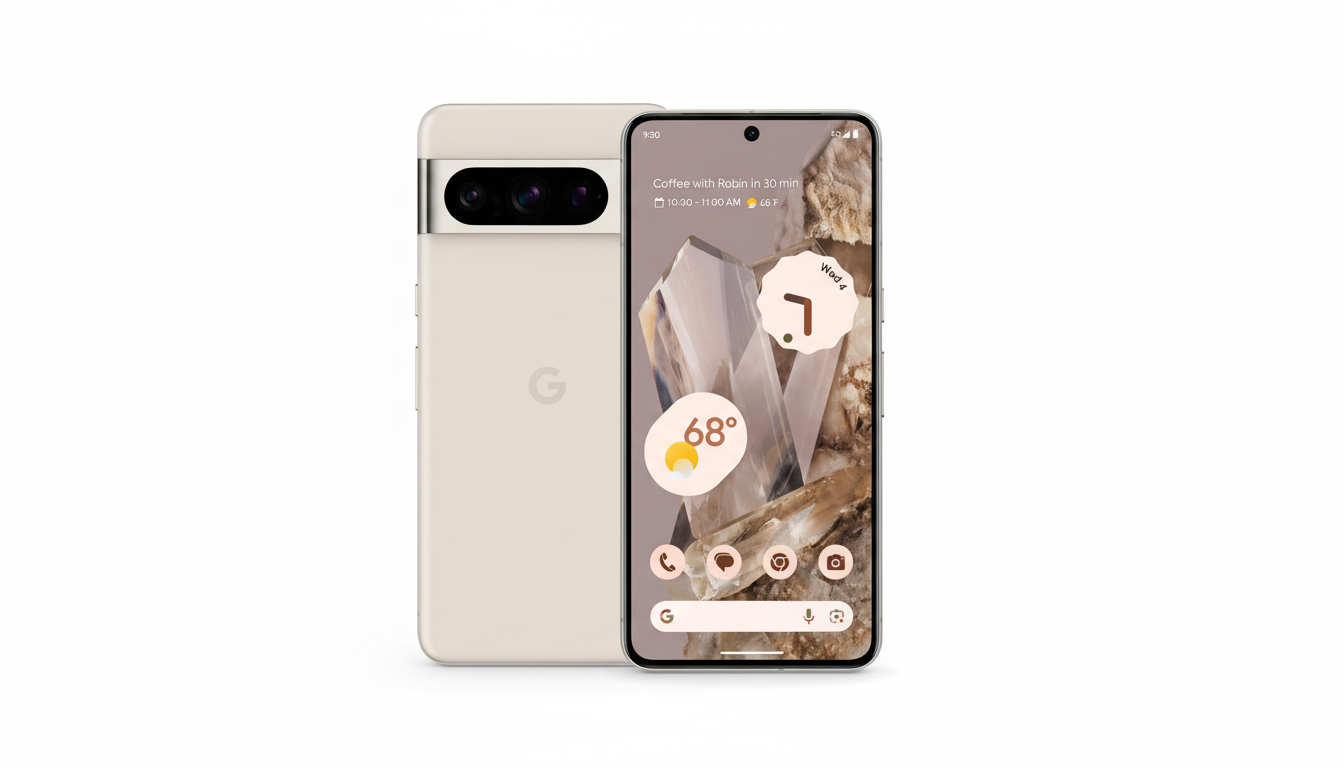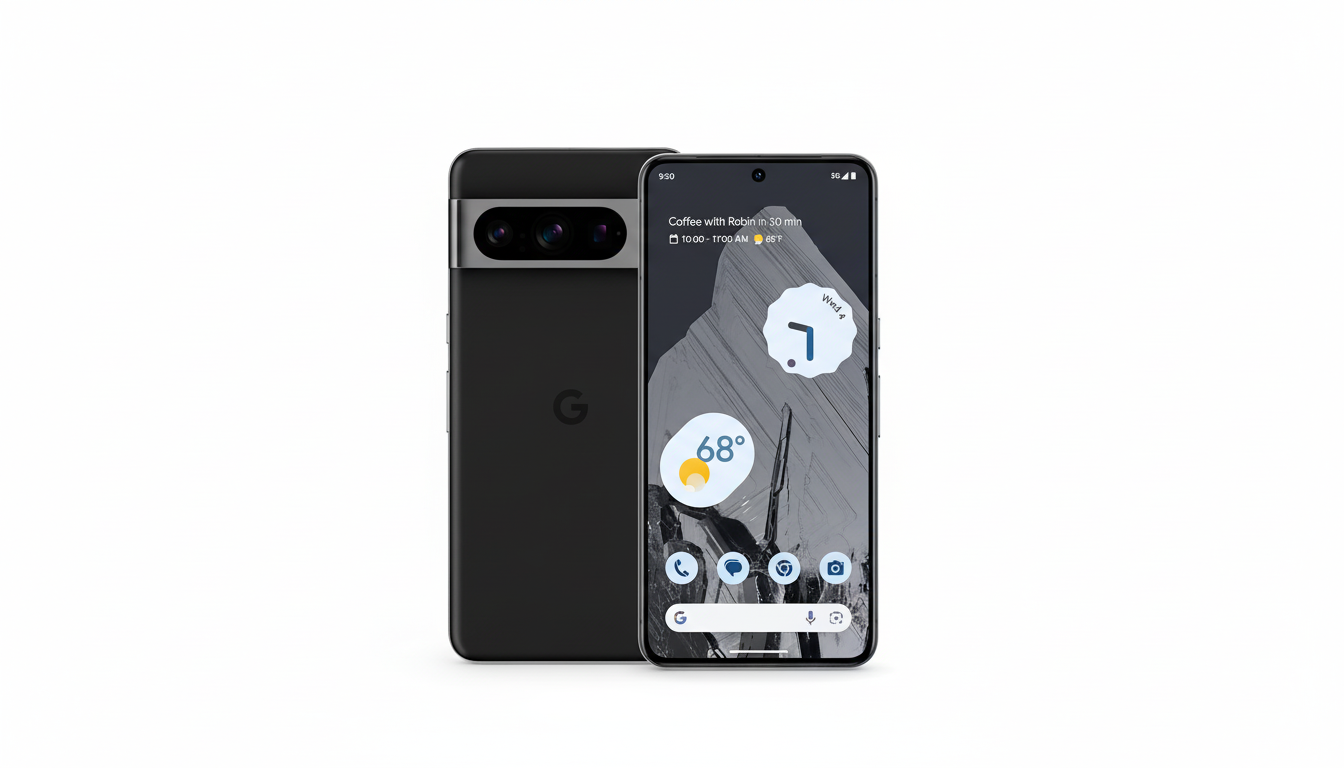Google has since confirmed that some UWB-equipped Pixels will not be able to utilize precision tracking with item trackers, which leaves the Pixel 6 Pro and its upcoming successor, the Pixel 7 Pro, out of luck despite having capable hardware. Support documentation has been updated and, when you check the fine print, it says that UWB precision finding will work only on the Pixel 8 Pro and newer Pro-class models — which may affect how reliably new owners of older Pixels can find tags from close distances.
The news lands just as UWB-enabled trackers are finally hitting the scene for Android at scale. At the moment, Motorola’s Moto Tag is unique as a UWB tracker that ties into Google’s Find Hub app for on-screen arrows and centimeter-level distance readouts. But if you have a Pixel 6 Pro or the 7 Pro, that flagship feature won’t come into play — you’ll fall back on normal Bluetooth location tracking instead.

Which Google Pixel Models Are Affected by This Change?
Based on Google’s support documentation, the precision finding feature is available for the Pixel 8 Pro and later Pro phones, such as but not limited to future Pros, XLs, and Folds. On the Pixel 6 Pro and Pixel 7 Pro, which have UWB radios that were added to support spatial awareness capabilities, those sensors don’t help with precision finding in Google’s Find Hub.
Criticisms on Pixel user forums drew attention to the anomaly when precision view for Moto Tag could not be activated on a Pixel 7 Pro even with the latest firmware. The language in the support link was flagged by a Google product expert, and Google has re-affirmed that limitation without citing a technical reason.
The Technical Gap Behind the Curtain on UWB Support
Ultra-wideband offers extremely accurate ranging with time-of-flight measurements and angle-of-arrival (AoA) calculations based on FiRa Consortium standards. Both the Pixel 6 Pro and 7 Pro include UWB radios on paper, but there are some clear telltale contrasts compared to newer Pixels.
Developer inspections of Android’s UWB APIs also imply the Pixel 6 Pro doesn’t carry part of the AoA capability, while neither the 6 Pro nor the 7 Pro advertise background ranging support (a feature that can prevent a secure UWB session from being torn down as apps change states). When the Find Hub app is in the foreground, Google may need background ranging or new secure ranging profiles to ensure a seamless, accurate, and tamper-resistant arrow-and-distance experience.

Another plausible factor is calibration. Precision finding combines UWB with inertial sensors and device orientation to present a directional arrow. Newer Pixels might have a tighter antenna calibration or (particularly for larger Pixel models) updated UWB firmware, plus the FiRa-compliant secure ranging modes that Google said will be its “minimum compliance standard.” Without those, Google could be taking a cautious approach to remain lean and secure by disabling precision view on older hardware.
How This Decision Impacts Android UWB Item Trackers
For now, Moto Tag is the UWB showpiece for Google’s network with iPhone-quality guidance when tethered to phones compatible with Android. The Pixel 6 Pro and 7 Pro will still show last-known locations, receive crowd-sourced updates, and be able to ring the tag, but they won’t get the vortex of doom, gloom, or other loveliness that UWB allows.
This schism reflects the bigger picture for Android UWB. UWB is still a premium phone minority feature, according to analyst firms, and is found in devices from Google, Samsung, and some Moto handsets. And unlike Apple, which rolled out UWB across all of its mainstream iPhones from the iPhone 11 on in order to offer seamless Precision Finding with AirTag and new accessories, Samsung’s consistency depends on chipset.
What Google Pixel Owners Can Do Right Now to Adapt
If you depend on precision finding to locate precious items, the only surefire route with Pixel phones is to ramp up to any supported Pro model. Otherwise, Bluetooth-powered finding still functions as it did before, including close-up proximity cues, audible alerts, and map-based last-known locations through the Find Hub app.
The ball is currently in Google’s court, where a software update could theoretically enable broader support on older Pixels, but it appears unlikely given the company’s acknowledgment and likely reliance on hardware features and calibration. That said, it’s worth keeping an eye on Google’s developer notes and FiRa specifications: if requirements change or new firmware solves the issue of unlocking supported features, then we might see a return to form. For now, however, the older Pixels unquestionably have a UWB tracking weakness, and buyers purchasing a tag should manage their expectations accordingly.

